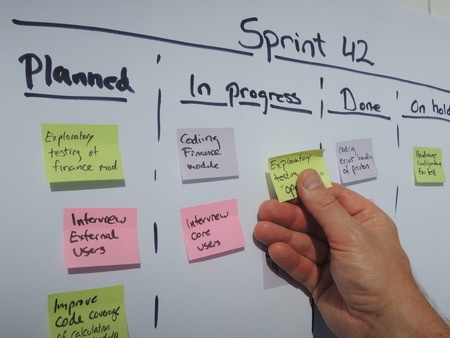Deployment methodologies, Part 2: Is agile, waterfall, or another best for Microsoft Dynamics projects?
Following is the second in a four-part exploration of deployment methodologies used by Microsoft Dynamics partners. Part 1 explores the promise of proprietary methodologies. Part 3 focuses on defining project success.

Whether project management is driven by proprietary or generic methodologies, Microsoft Dynamics implementers rely on a host of approaches and tools to focus and manage each engagement and ultimately to deliver a working solution.
"I suspect almost every company I have ever talked to wants to implement a vanilla phase one, at least initially," says Tim Hourigan, partner, consulting, Armanino LLP of San Ramon, Calif. That is true "whether they are coming from QuickBooks and adopting something a little more sophisticated, or coming from [something] super-customized that they believe is too hard to maintain."
The CEO and the CIO say they are on board with that approach, and everyone believes this will be the one implementation that goes exactly as planned. But as you peel the onion of the project, you discover constraints. Maybe something in a legacy system simply can't be changed, or you find Salesforce has one way to do it and Dynamics AX does it in a different way. "Inevitably, the answer comes back that it is the new system that needs to adapt," says Hourigan.
And that's where the nitty gritty of methods and approaches comes into play. For example, Hourigan says that as a Microsoft partner his organization has leveraged
FREE Membership Required to View Full Content:
Joining MSDynamicsWorld.com gives you free, unlimited access to news, analysis, white papers, case studies, product brochures, and more. You can also receive periodic email newsletters with the latest relevant articles and content updates.
Learn more about us here